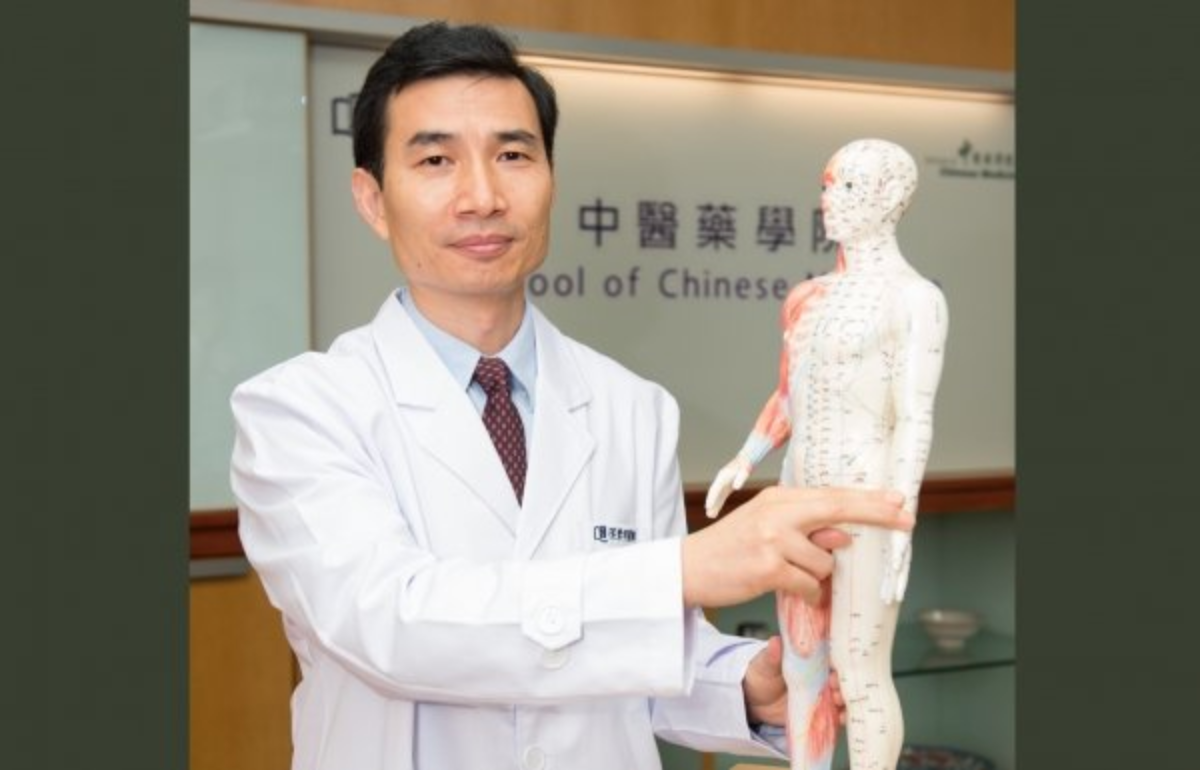Campus Digest
HKBU clinical study shows effectiveness of tui na therapy in treating chronic functional disorder of stomach and intestine and other chronic and debilitating diseases in children
10 Aug 2016
The School of Chinese Medicine (SCM) recently conducted a clinical observation on children suffering from chronic functional disorder of stomach and intestine. Tui na therapy was found to be 98.5% effective in treating this disorder and patients’ immune system and overall health condition improved after receiving treatment. Patients who have been cured of this disorder or experienced an improvement in their condition also made a progressive recovery from other concurrent diseases such as chronic cough, asthma or enuresis.
Also known as functional dyspepsia or functional gastrointestinal disorder, chronic functional disorder of stomach and intestine is common among children and arises mainly from improper diet, congenital factors and other diseases that have damaged the patient’s gastrointestinal function. As the disorder affects both digestion and absorption, the function of body organs will decline, leading to the formation of a chronic and debilitating disease. In general, patients may exhibit symptoms of emaciation, anorexia, abdominal pain, bloating, diarrhea, and pale or yellow skin tone.
Mr Sun Suming, Lecturer of the Clinical Division of SCM, conducted a clinical observation on 66 chronic functional indigestion patients who attended medical consultations during the period from March 2014 to March 2016 at HKBU Chinese medicine clinics. Among them, 59 children were two months to eight years of age; the other seven were between the ages of nine and 13. In the study, 58 patients were found to be concurrently prone to other diseases such as chronic cough, asthma or enuresis. “Tui Na therapy for children” is a special technique used to treat chronic functional indigestion among children which is applied via meridians and acupoints to regulate or condition the function of the organs, especially the lung, spleen and kidney. In addition to tui na therapy, some patients with severe symptoms were also offered traditional Chinese herbal medicine, cupping or other treatments to strengthen the therapeutic effect.
In general, the observation indicated that among the 66 patients who received the tui na therapy, 45 of them (68.2%) have recovered while an improvement was observed in 20 patients (30.3%). Only one patient (1.5%) showed no improvement. The study showed that the overall efficacy rate of this treatment is 98.5%.
Mr Sun Suming pointed out that the pathological mechanism of chronic functional disorder of stomach and intestine arises mainly from a weak spleen and stomach which may lead to dysfunction of both digestion and absorption. Therefore, the curative effect of oral drugs is relatively low and unsatisfactory. He explained that “Tui Na therapy for children” employs a special technique to regulate or condition the function of the organs, especially the lung, spleen and kidney. This gentle therapy is painless and will not place an extra burden on the patient’s digestive system, as such, it is an efficient and effective treatment which is easily accepted by children. The supplementary use of Chinese herbal medicine, cupping or other treatments before or after the tui na therapy would provide an additional nourishing effect for patients and strengthen the overall therapeutic effect.
Mr Sun added that among the 58 patients who were found to be concurrently prone to chronic cough, asthma or enuresis, an obvious curative effect was observed in their digestion and immune system after they received the tui na therapy. In light of this, he suggested parents to look out for symptoms such as chronic cough or asthma, weakness, frequent colds or fever in children as it may point to chronic functional disorder of stomach and intestine.

